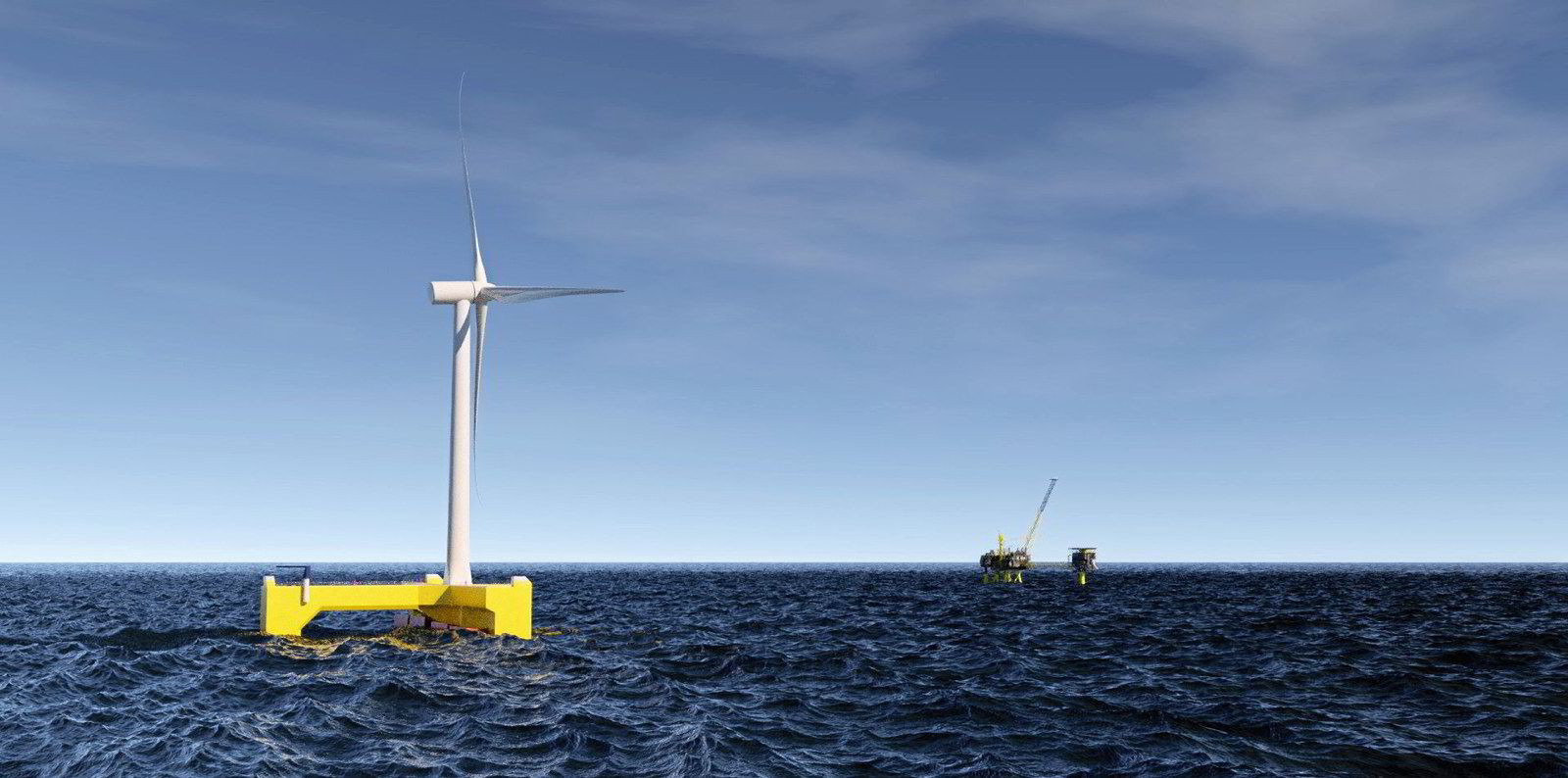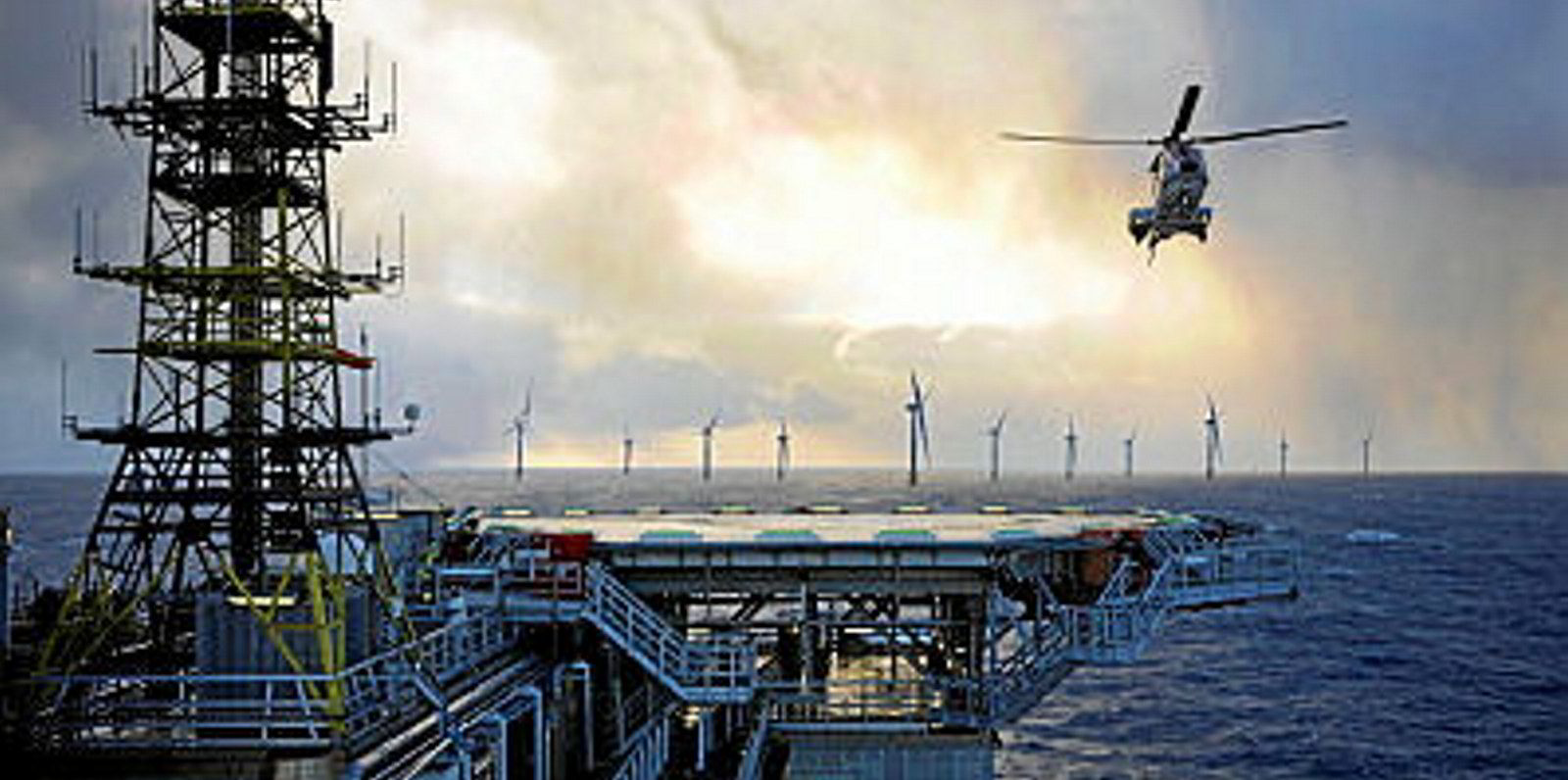The Canadian government is backing commercialisation of a floating wind-powered drilling concept developed by sector pioneer Saitec and Newfoundland-based consultancy Waterford Energy Services (WES) that could be used to cut greenhouse gas (GHG) emissions from oil & gas operations off the country’s maritime provinces.
The concept, being funded from a C$24.4m ($20m) pot at Natural Resources Canada (NRC), is envisioned as a “plug-and-play” clean-energy power unit based on Saitec's SATH (swing around twin hull) design that could run mobile drilling rigs and other offshore installations in the Grand Banks area “and abroad”.
“Commonly, professionals from the oil & gas Industry have joined the offshore wind industry bringing valuable know-how and skills. Paradoxically, Saitec is taking the opposite direction coming from the renewable world to oil & gas,” said David Carroscosa, Saitec’s CTO.
“In any case, Saitec is really motivated to tackle the massive challenge of decarbonising these valuable oil & gas assets.”
Blair MacDougall, WES’ president, said: “There’s no reason why we can’t be leaders in renewable and non-renewable energy technology, and this aligns perfectly with Waterford’s vision to have our feet firmly planted in both spaces.
“Saitec’s… and our skills and capabilities complement each other very well. It’s amazing in a way that our joint-venture came about in the midst of a global pandemic, but that’s a testament to our collective belief that we can make this project a reality in the near future.”
A second phase of the project would look at developing a “full field” demonstrator where a floating wind turbine’s generation would be linked to an offshore or near shore oil & gas complex.
Newfoundland and Labrador’s GHG emissions from the oil & gas sector in 2017 were 2.9m tonnes of CO2, of which 1.8m tonnes were linked to offshore oil production.
NRC is financing the project, which is being managed by Petroleum Research Newfoundland and Labrador, through the offshore R&D component of its emissions reduction fund.
Saitec last summer completed testing of the part-scale prototype of its SATH design, off Spain, with plans for full-scale 2MW unit, to be installed later this year as part of a project where it is partnering with German energy giant RWE Renewables.
The growth of the market for offshore wind-powered oil & gas production has been steady with the first true industrial-scale project, the 88MW Hywind Tampen, being developed by Norwegian energy giant Equinor to cut emissions from its Snorre-Gullfaks oil field in the North Sea.



